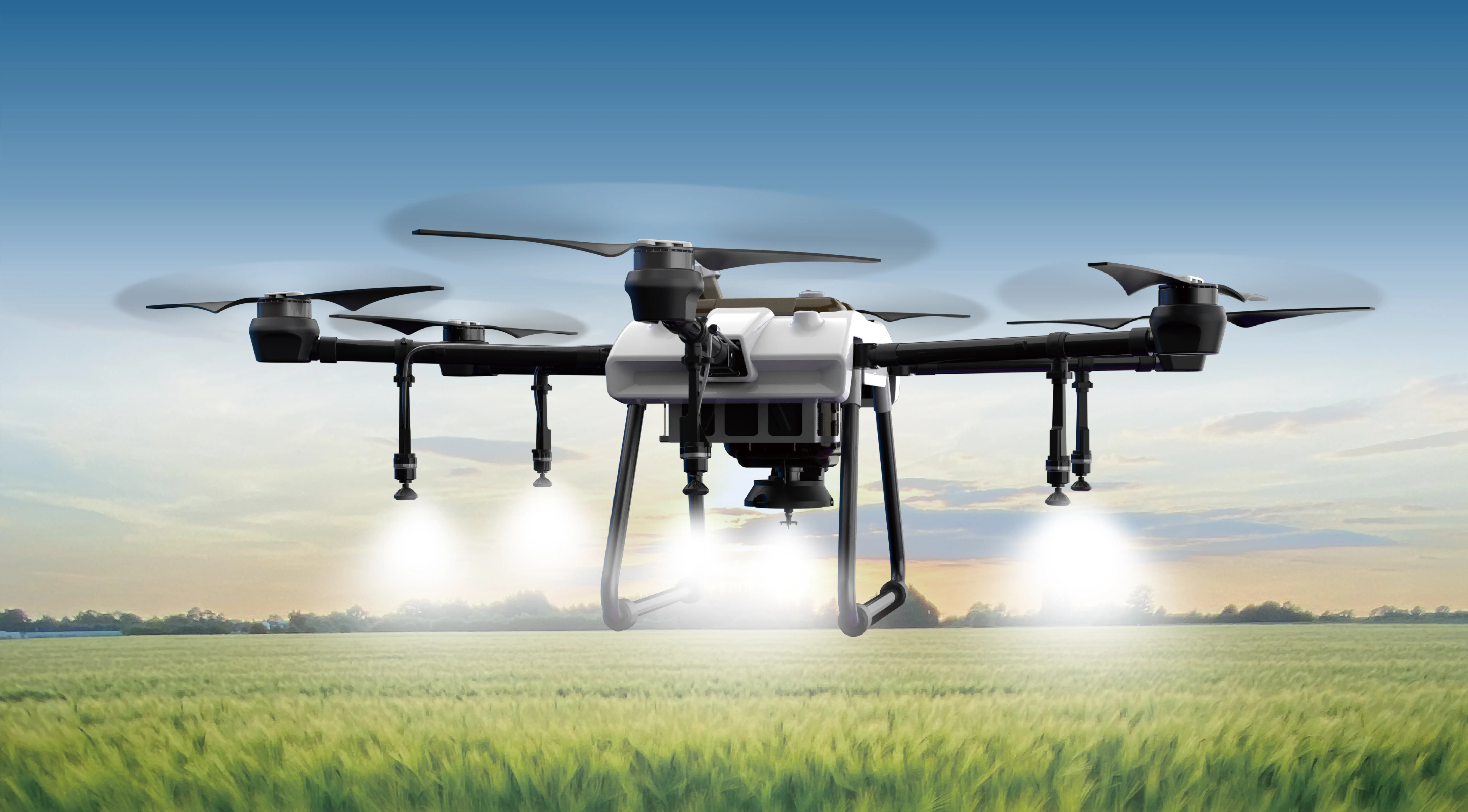Sure! Here's the first part of an engaging, informative article centered around the theme "Can a Servo Motor Rotate 360 Degrees?"

Imagine a robot arm delicately picking up a delicate piece of jewelry or a drone flying seamlessly through obstacles, all powered by tiny but mighty motors. Servo motors, often the unsung heroes of robotics and automation, are renowned for their precise control and reliability. But a lingering question sparks curiosity: Can a servo motor rotate a full 360 degrees?
Many enthusiasts and engineers alike have pondered this question, especially when designing robotics, RC models, or automation systems. To truly understand the answer, we need to first dive into what a servo motor is and how it functions.
What Is a Servo Motor?
At a glance, a servo motor is a rotary actuator that allows for precise control of angular position, velocity, and acceleration. Unlike standard motors that spin freely or continuously, a typical servo motor operates within a limited range, responding to control signals that determine its position at any given time.
The core components of a servo include a DC or AC motor, a gear train, a potentiometer or encoder for position feedback, and a control circuit. The control circuit receives commands—often in the form of pulse width modulation (PWM)—and adjusts the motor’s position accordingly. This precise feedback loop enables servo motors to hold their position firmly and move with accuracy, making them indispensable in applications like robotics, camera positioning, and remote-controlled vehicles.
The Standard Myth: Do Servos Turn 360 Degrees?
The standard hobby servo motors—the kind you'd find in remote-controlled airplanes or boats—are typically designed to turn approximately 0° to 180°. This semi-circular range is adequate for many common applications like steering mechanisms, rudders, or small robotic joints. When someone asks, "Can a servo do a full 360?" they often refer to these hobby servos.
The answer, in this case, is usually no. Most of these servos are designed with internal mechanical stops, preventing rotation beyond their specified range. Attempting to force a standard servo to turn all the way around can damage the internal gears or disrupt the control circuitry.
Why Do Hobby Servos Have Limited Rotation?
The limitations on rotation are primarily due to their internal design. Hobby servos use a gear train connected to a potentiometer that provides positional feedback. This gear train often contains physical stops that restrict movement to prevent gear stripping or motor damage. The electronics are programmed to respond within that limited range, ensuring predictable and safe operation.
These restrictions are beneficial in applications where precise, limited-range movement is necessary. However, if your project demands continuous rotation—think of a constantly spinning wheel or a rotating platform—the standard servo falls short.
Breaking the Boundaries: Continuous Rotation Servos
When engineers and hobbyists need a servo that can spin endlessly in either direction, they turn to a different breed: the continuous rotation servo. These specially modified servos are designed with internal modifications that disable the positional feedback system or modify the internal circuitry, allowing for unrestricted, full-circle rotation.
Instead of controlling position, they’re controlled via PWM signals that determine rotation speed and direction. The faster the PWM, the faster the servo spins; the polarity of the signal indicates the direction. This makes continuous rotation servos invaluable for applications like driving wheels in robot chassis or conveyor belt systems.
How Do Continuous Rotation Servos Work?
In essence, they look and feel like standard hobby servos externally, but their internal electronics are different. Typically, the feedback potentiometer is disconnected or replaced, and the internal control circuitry is reprogrammed. Some models simply have internal hardware modifications, while others are designed explicitly as continuous rotation units.
Their control signals are still PWM, but instead of position commands, they interpret the signal as a speed command: a neutral PWM signal corresponds to "stop," a higher signal pushes the motor forward, and a lower PWM causes it to spin backward.
Are There Limitations?
Yes. Because their internal feedback mechanism is disabled or altered, continuous rotation servos cannot hold a specific position precisely. They're meant solely for motion control, not positional accuracy. Also, mechanical or electrical limitations exist—running them at high speeds or for long periods without proper cooling can damage the motor.
Another Approach: Brushed and Brushless DC Motors
If endless rotation is needed, many opt for using dedicated DC motors—either brushed or brushless—paired with encoders or other sensors for feedback control. These offer more flexibility, higher power, and durability for industrial or demanding robotic applications.
In summary, the traditional hobby servo has a limited rotational range—usually around 180°. However, with modifications and specialized designs, servos that can rotate a full 360 degrees or even continuously are possible. The choice depends on your project requirements: do you need precise position control within a limited range, or do you want continuous rotation freedom?
In the next section, we'll explore the different types of servos, how they are used in real-world applications, and tips for selecting the best servo motor for your needs, whether it’s limited or full rotation you seek. Stay tuned!
Leveraging innovations in modular drive technology, Kpower integrates high-performance motors, precision reducers, and multi-protocol control systems to provide efficient and customized smart drive system solutions.




































